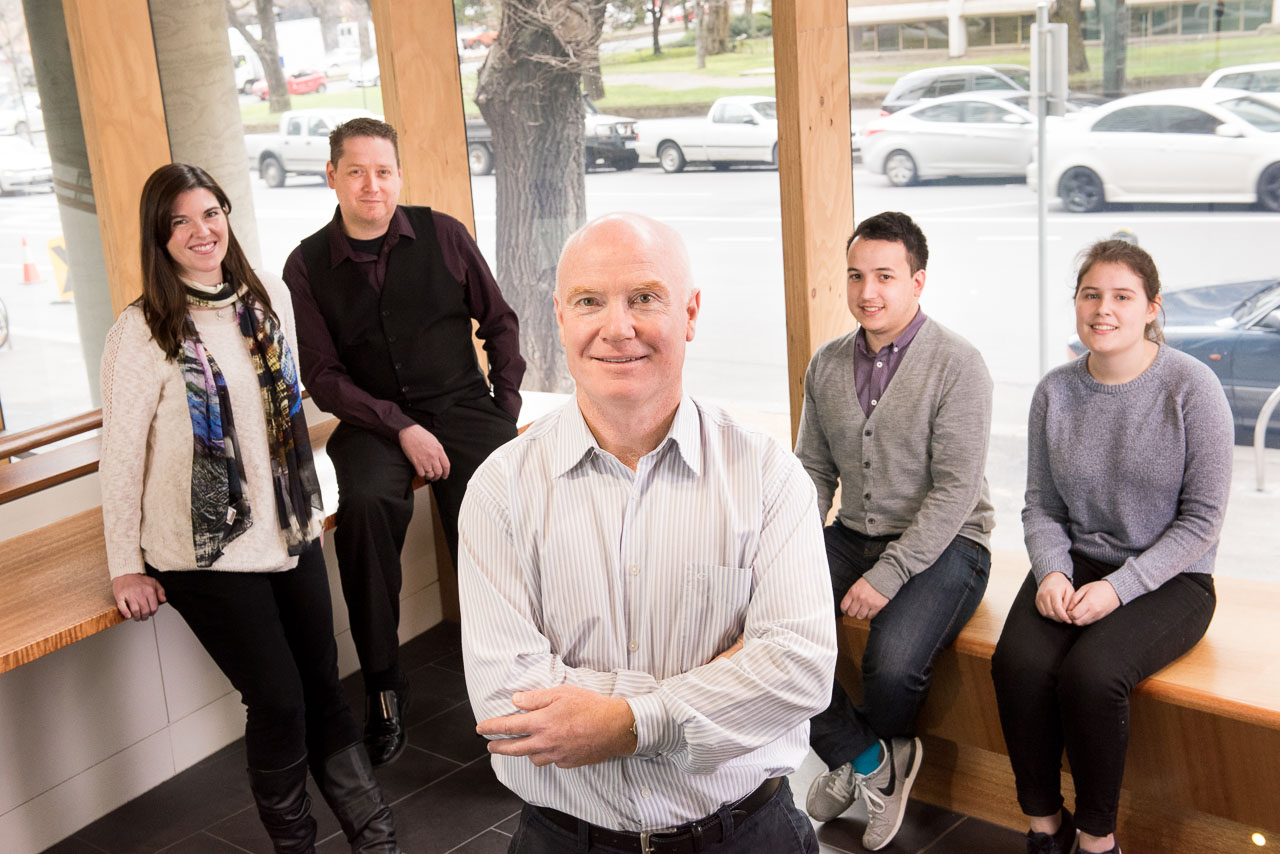-
Research Groups
-
Thorley Group
The National Enterovirus Reference Laboratory plays a principal role in the clinical and laboratory investigation of cases of polio-like illness (acute flaccid paralysis) and the characterisation of poliovirus in Australia and the WHO Western Pacific region.
Other work areas include:Enteric infections
Current Projects
-
Poliovirus testing
The laboratory serves as the National Polio Reference Laboratory for Australia, Brunei Darussalam, the Pacific Island countries and Papua New Guinea and is accredited by WHO for the isolation and characterisation of poliovirus. The laboratory tests faecal specimens collected from cases of acute flaccid paralysis (AFP) in children as the most sensitive means of confirming poliovirus infection. The laboratory is also a WHO Polio Regional Reference Laboratory and characterises polioviruses from all sources to determine whether they are wild, Sabin-like or vaccine derived, a critical role in the WHO polio eradication program.
-
Acute flaccid paralysis surveillance
WHO recommends surveillance for cases of AFP in children as the most sensitive means of detecting an imported case of polio. Laboratory staff co-ordinate clinical surveillance for AFP cases in Australia in collaboration with the Australian Paediatric Surveillance Unit and the National Centre for Immunisation Research and Surveillance, and serve as the Secretariat for the Polio Expert Panel. The results of clinical and laboratory investigation of AFP cases in children and suspected polio in persons of any age are reviewed by the Polio Expert Panel and reported to WHO.
-
Enterovirus surveillance
The three poliovirus serotypes 1, 2 and 3 are members of the Enterovirus genus. While poliovirus is most well-known for causing paralysis or poliomyelitis, a range of other symptoms can occur including general fever, encephalitis and meningitis. The laboratory co-ordinates the Enterovirus Reference Laboratory Network of Australia to identify enteroviruses from clinical specimens, which monitors Australia’s polio-free status while establishing the epidemiology of human enterovirus transmission.
-
Environmental surveillance for poliovirus
Poliovirus is shed in the faeces of infected people for up to six weeks and can be isolated from sewage, river water and seawater. More than 90 per cent of poliovirus infections are asymptomatic and so WHO recognises environmental surveillance as a sensitive means of screening for the presence of the virus in a polio-free population. The laboratory tests sewage collected at sentinel sites in Australia and even negative results for poliovirus are of international significance in the lead up to certification of global polio eradication.
-
Using computational biophysics to investigate enterovirus structure
A combination of increased supercomputing power and availability of software based on accurate biophysical parameters has enabled simulations of complex virus structures to be produced. Jason Roberts uses co-ordinate data of enteroviruses derived by techniques such as x-ray crystallography to reconstruct partial and complete virus structures with biological precision in silico. Refer to Jason’s profile for further information.
Lab Team

-
Head of the Electron Microscopy and Structural Virology Laboratory
-
Linda HobdayMedical Scientist, National AFP Surveillance Co-ordinator
-
Aishah IbrahimMedical Scientist
-
Fazakerley Group
The Fazakerley lab main interest is in the pathogenesis of infections with RNA viruses, in particular arboviruses and virus infections of the central nervous system. Our main focus is to understand arbovirus encephalitis and arbovirus persistence in mammalian systems and the response to these viruses of arthropod cells and mosquitoes.
Other work areas include:Viral Infectious Diseases, Bacterial and Parasitic Infections
-
Vincan Group
Elizabeth’s group investigates novel ways to block cancer growth with a focus on the gastrointestinal tract – stomach, bowel and liver. A cell-cell communication pathway called Wnt is hyperactive in these cancers. Their research shows inhibiting Wnt has potent anti-cancer effects.
Other work areas include:Viral Infectious Diseases, Bacterial and Parasitic Infections
-
Virus Identification Laboratory
The Virus Identification laboratory performs rapid turnaround diagnostic virology on samples referred for testing. Further testing may include virus load, virus genotyping, lineage transmission investigation, drug resistance testing and genotyping, speciation, virus isolation and novel virus discovery.
-






